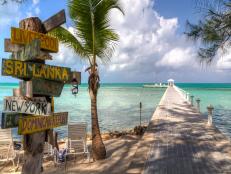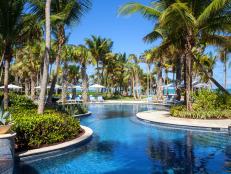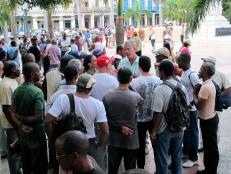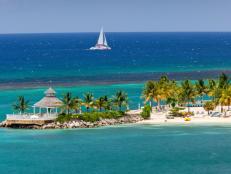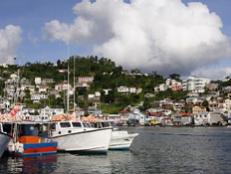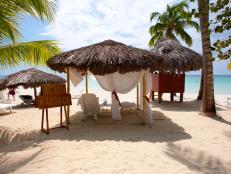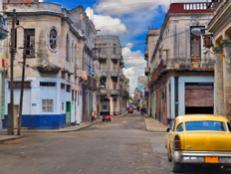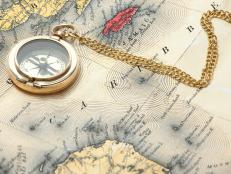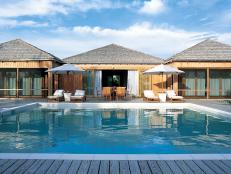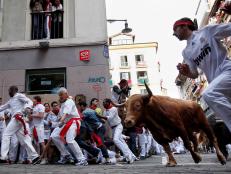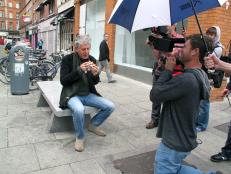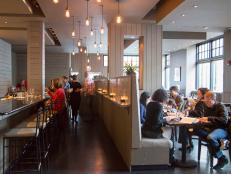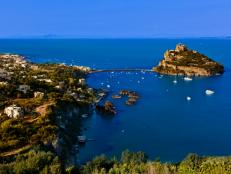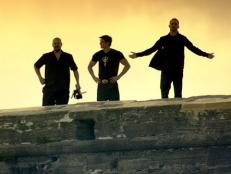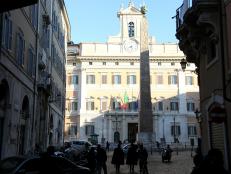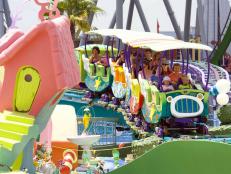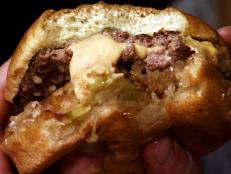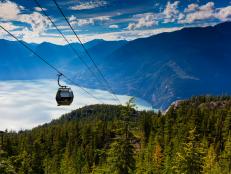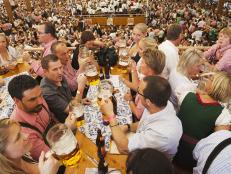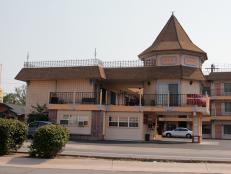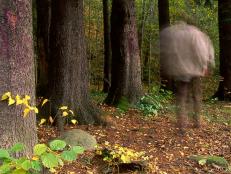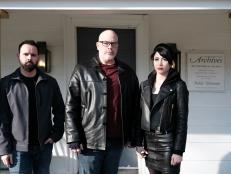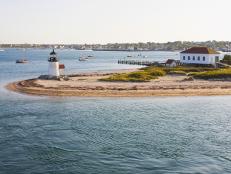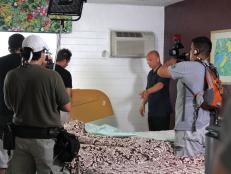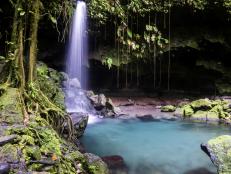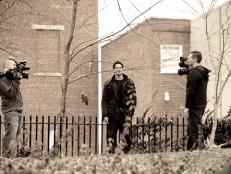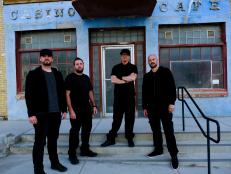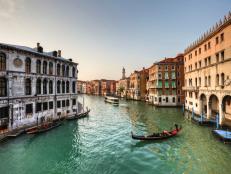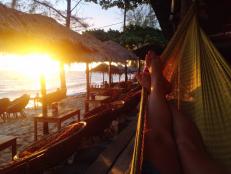Traveling to Cuba

Getty Images
For a place so close to the United States, Cuba is steeped in mystery. Located just 90 miles south of Florida, Cuba has been barred to most US travelers for 5 decades. But with the Obama Administration’s lifting of some travel restrictions, pent-up demand for travel to the island nation could become a reality for many Americans in 2011. Check out these FAQs to help ensure a trip to Cuba goes smooth sailing.
Q: Can I access Cuba by plane?
A: Not exactly. Travelers must go through a licensed operator, such as a travel company or educational group, which has been issued an umbrella “people-to-people” visa (it covers all travelers)by the US Treasury Department. So far, a handful of US companies have been approved, such as: Insight Cuba, Distant Horizons, and Marazul Charters.
Q: Where’s the nearest beach party?
A: If you’re looking for a typical beach fun fest, Cuba is not the place. Treasury Department guidelines state the following: “Each traveler will have a full-time schedule of educational exchange activities that will result in meaningful interaction between the travelers and individuals of Cuba.”
Q: What kind of cultural activities can I enjoy?
A: Lots. Visit history-rich sites such as Cienfuengos, a coastal city nicknamed “La Perla del Sur” (Pearl of the South); explore the arts scenes of Havana and Trinidad, a Unesco World Heritage Site; and jam with the staff of Egrem, the Cuban state record company.
Q: Cuba has 2 currencies – can I use US dollars instead?
A: Since 2004, the Cuban government has barred the use of US dollars. Trade in your dollars at the Cuban airport for the 2 accepted currencies: the Cuban peso (CUP) and Cuban convertible peso (CUC). Use the CUP for everyday local items such as fruit and vegetables; use CUC for “luxury” items (toothpaste, toilet paper, etc.) Additional information can be found here: Cuba Currency & Money Guide and Money in Havana.
Q: Can I upload my Cuba photos to Facebook?
A: Internet access is relatively expensive in Cuba ($6/hour for dial-up, even more for WiFi in the handful of hotels that offer it.) So, budget accordingly or plan on an unplugged vacation.
Q: I’m standing outside a nice casa – and it’s got a blue sign near the door. What does that mean?
A: Accommodations come with one of 2 signs: a blue sign indicates foreign nationals only; a red sign indicates Cubans only: Havana Hotels and Stay in a Casa
Q: What’s for breakfast, lunch, and dinner?
A: Chances are you’ll quickly tire of Cuba’s alternative to McDonald’s golden arches (El Rapido). Cuba is not known for a posh gourmet restaurant scene. Under a “paladar” system, a family can operate a small restaurant in their house. Check out the more eclectic culinary fare here: Cuba Restaurant Picks.
Q: How can I get around Cuba?
A: If you’re going with a group, chances are it’s via an air-conditioned tour bus. For solo ventures, hail a cab, take a train, (Cuba’s rail system runs the entire length of the island), rent a car (drive at night, at your own risk) or take a bus.
Q: Any last resources to recommend for safety tips, medical facilities, etc.?
A: Brush up on safety specifics with this US State Department Cuba overview. Get a local’s safety tips here. Still have questions? Try here for answers.
